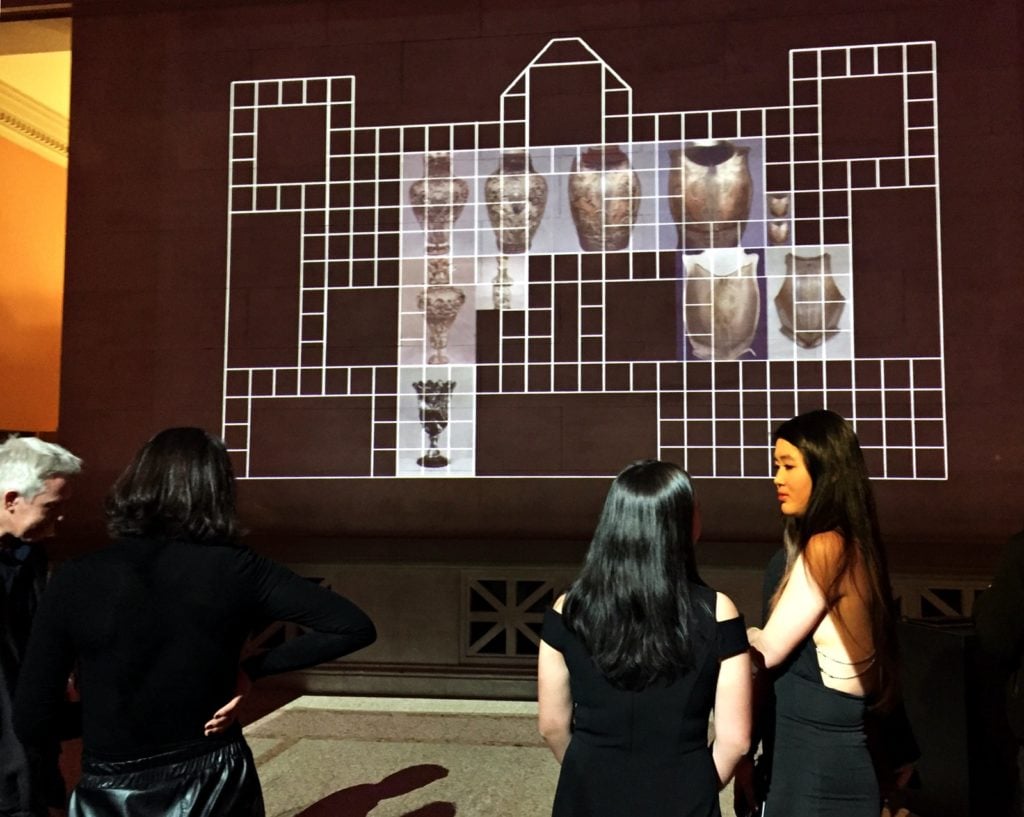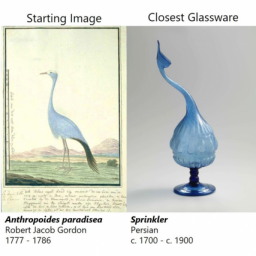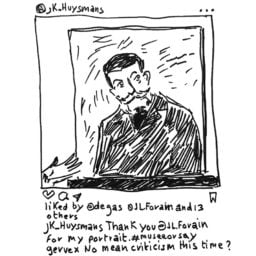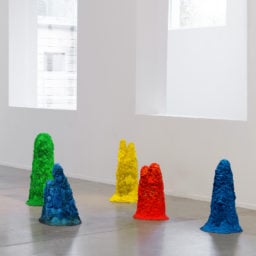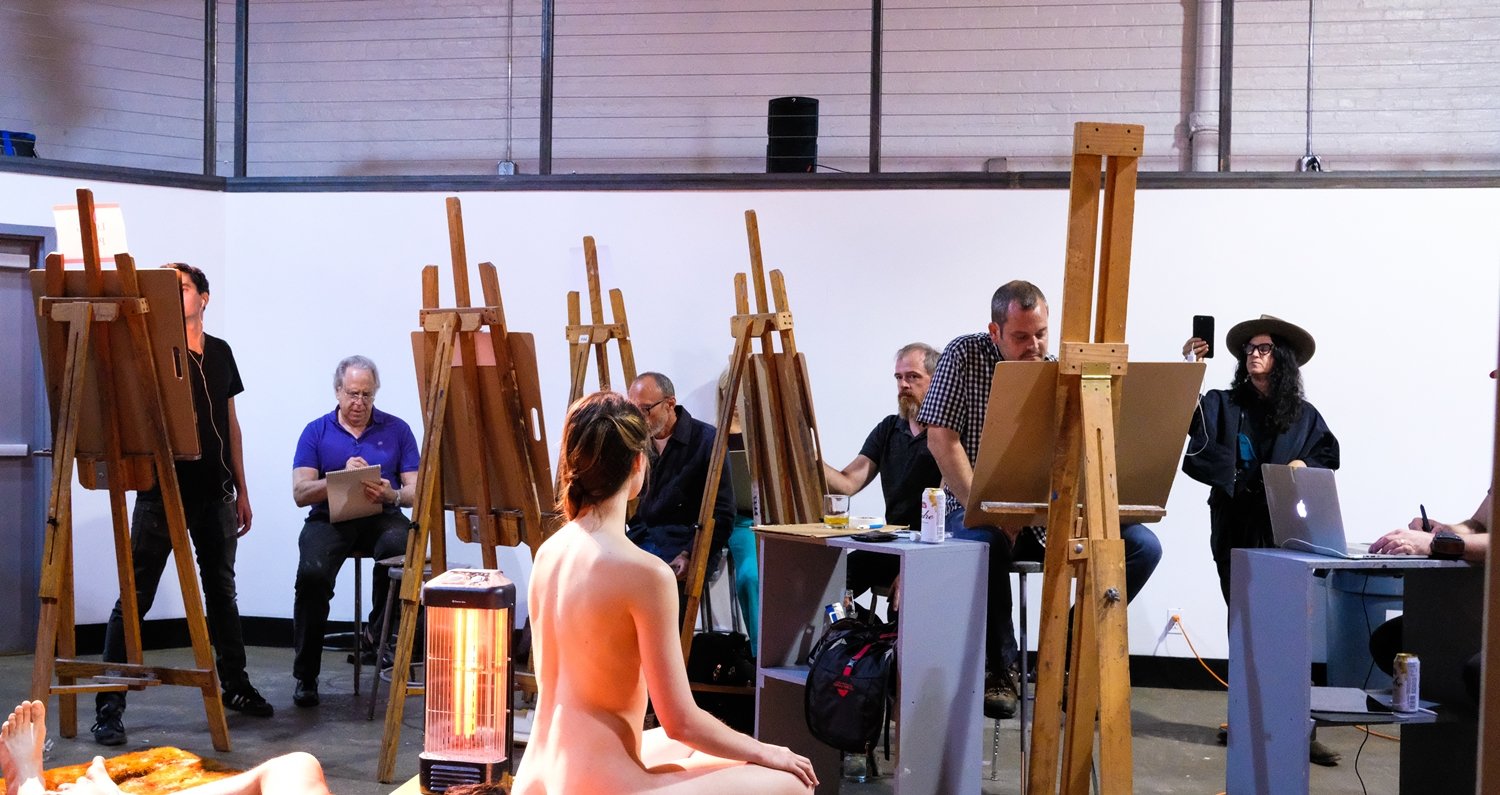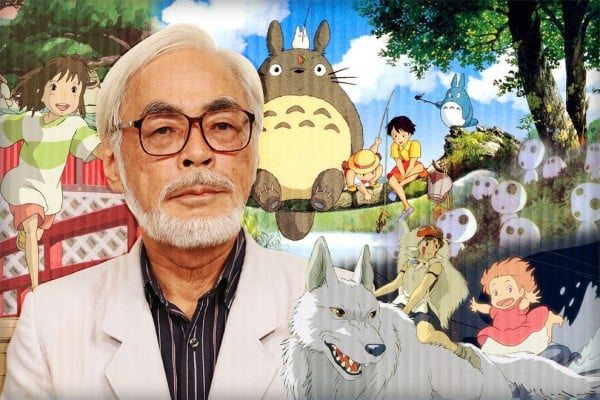The Metropolitan Museum of Art is fiercely dedicated to its role in preserving tradition. So it must mean something that the Met is embracing the language of tech disruption, most recently by promoting the role of artificial intelligence in the museum space.
The Met has teamed up with two other giants, Microsoft and the Massachusetts Institute of Technology, to expand the footprint of tech within art. The results of the fittingly named “The Met x Microsoft x MIT” initiative were revealed at the museum yesterday evening (February 4), on the second anniversary of the museum’s “Open Access Program,” which made 406,000 hi-res images available for unrestricted use online.
The portfolio of prototypes, all in various stages of development, offer tantalizing hints as to how AI could transform and shape interactions between viewers and art.
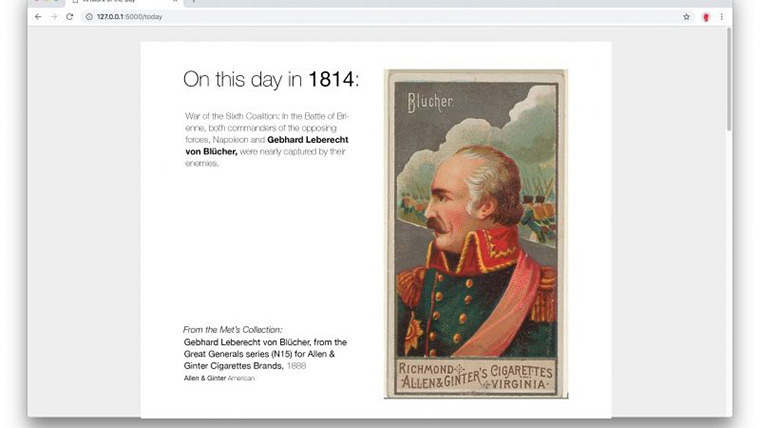
Demonstration of the Met’s “Artwork of the Day” prototype. Image courtesy Metropolitan Museum of Art.
Here are some of the ideas to emerge from the latest collaboration:
- “Artwork of the Day,” which “uses Microsoft AI to find the artwork in The Met collection that will resonate with you today”
- “Tag, That’s It!” an application that gamifies the tagging of images on Wikipedia, asking users to identify if what recognizable subjects are in images, so as to make the Met’s image library more searchable
- “Storyteller,” which allows you to speak into a microphone and generates a stream of artworks to illustrate what you are saying
- “Gen Studio,” one of the few prototypes that is already up and running, which takes existing artifacts from the Met collection and morphs them together to create computer-generated images that are unique hybrids
- “My Life, My Met,” an application that allows you to, as Max Hollein put it at the event, “Met-ify your Instagram feed.” In essence, it scans an image and suggests an image from the Met’s Open Access archive. As Microsoft suggests, somewhat wishfully, “Your celebration of a recent football win may be replaced by a late-fifth-century B.C. Terracotta askos in the form of a duck.”
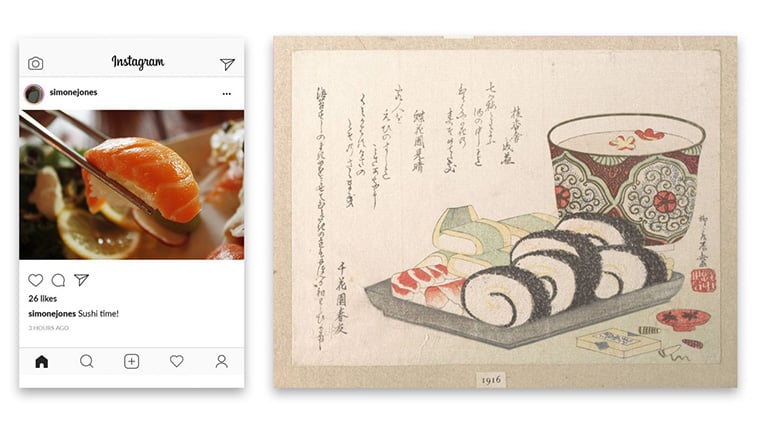
Example of an artwork suggested by “My Met, My Life.” Image courtesy the Metropolitan Museum of Art.
“It is our mission to create multiple means for people to engage with this remarkable resource both onsite and online,” said Hollein in a statement, referring to the Met’s trove of images.
To make the various initiatives possible, the Met developed a new “subject keywords dataset” for its collection that provides a more advanced way to search the collection based on topics of interest. These words were made available to curators, designers, artificial intelligence researchers, and other specialists from all three partnering entities during an invitation-only two-day hackathon held this past December in Cambridge, Massachusetts, at the Microsoft-owned Garage space of the New England Research & Development (NERD) center.
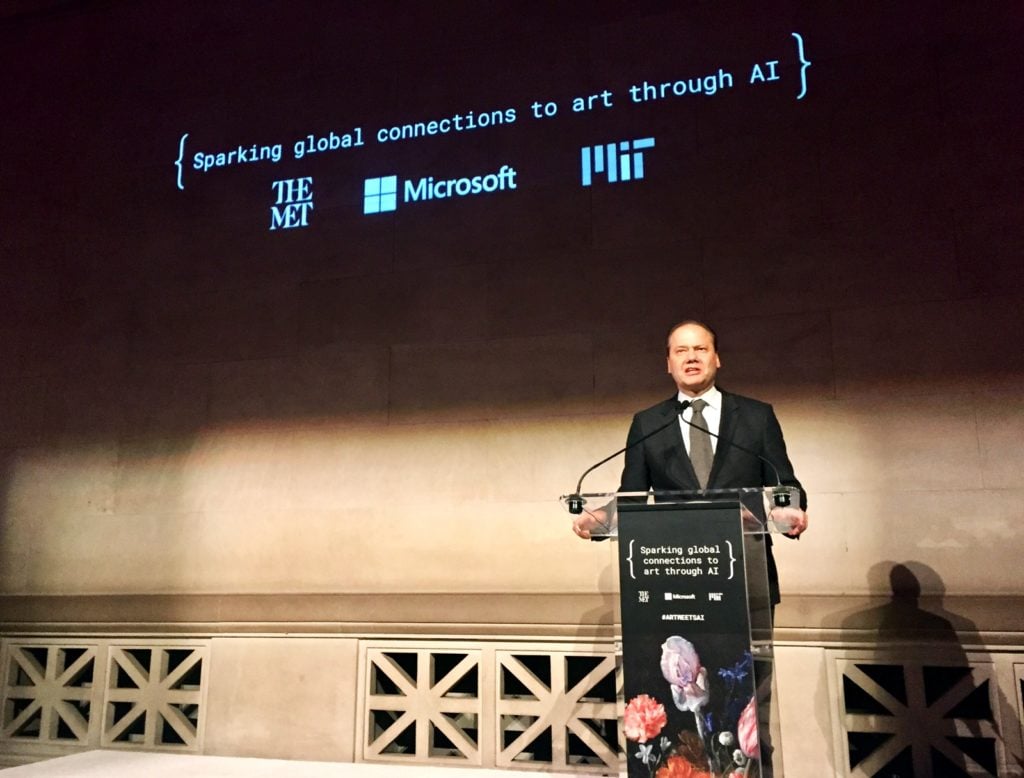
Metropolitan Museum of Art director Max Hollein introduces “The Met x Microsoft x MIT.” Courtesy Ben Davis.
“What makes us uniquely human is our ability to express our experiences and culture through art. We are excited by the role AI can play to provide everyone the opportunity to discover and experience this great trove of art in entirely new ways,” said Mitra Azizirad, corporate vice president of AI Marketing at Microsoft. “The close partnership between The Met, MIT, and Microsoft is a great example of how AI is empowering curators and technologists to make art and human history accessible and relevant to everyone on the planet.”
Follow Artnet News on Facebook:
Want to stay ahead of the art world? Subscribe to our newsletter to get the breaking news, eye-opening interviews, and incisive critical takes that drive the conversation forward.
